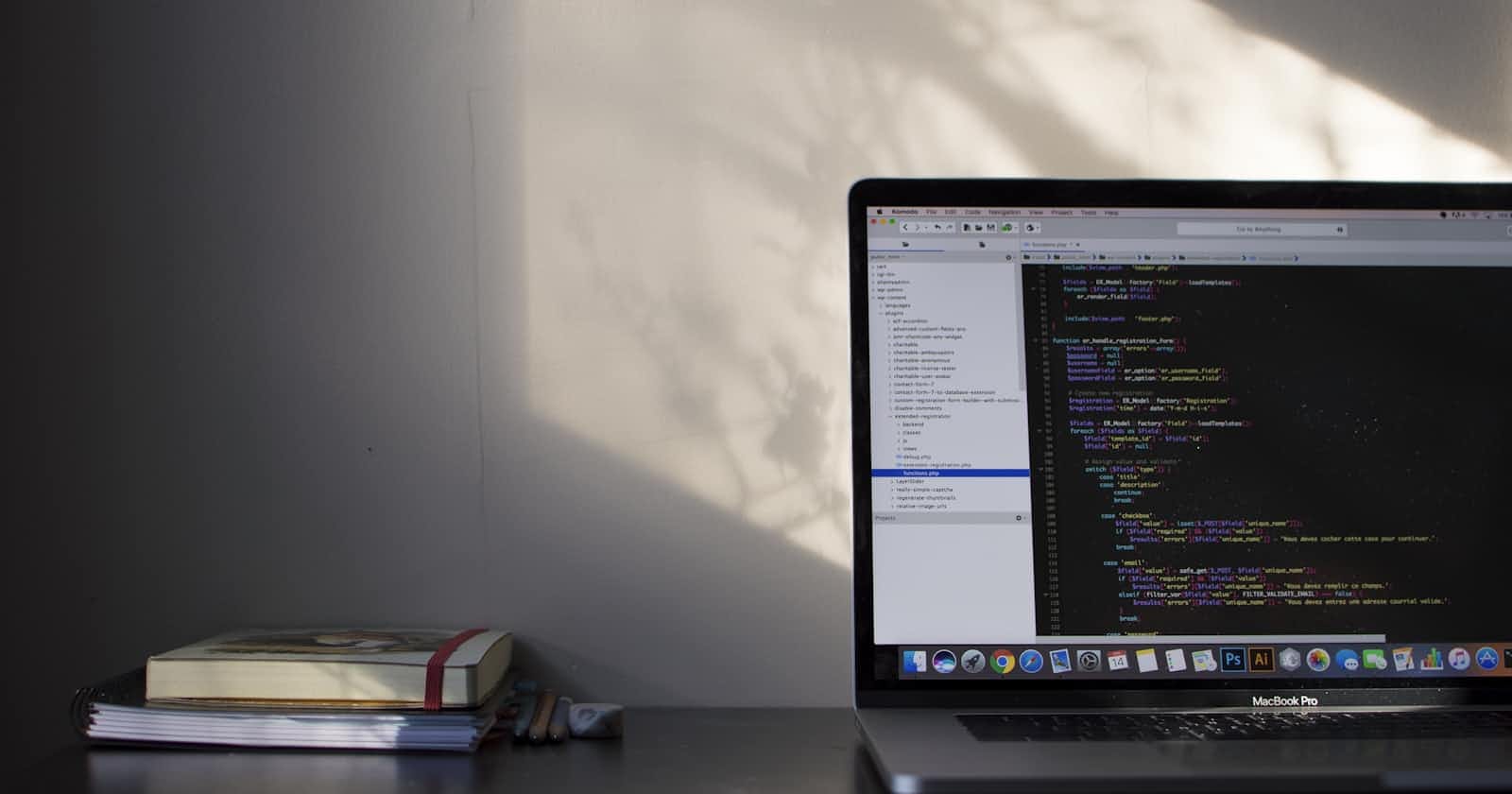
Photo by Emile Perron on Unsplash
10 Steps to Mastering a New Programming Language: A Comprehensive Guide
Master a New Programming Language with this 10 Steps.
As a final-year tech undergrad, I have always been intrigued by the power of languages. Not just the spoken ones, but the ones we use to communicate with machines - programming languages. I started my journey with Python, a way back before the year 2020. Python is a programming language known for its simplicity and readability. It was a great starting point, but as I delved deeper into programming, I realized I wanted to expand my horizons.
That's when I decided to learn JavaScript after I joined my Undergraduate degree. JavaScript is a language that powers the web. The transition was not that easy. I had to adapt to new syntax, a new way of thinking, and a new set of libraries and frameworks. However, I did not dive in headfirst. Instead, I followed a systematic approach, a set of 10 steps that guided me through this challenging, yet rewarding journey.
In this blog post, I will share these 10 steps with you, in the hope that they can guide you as you embark on your learning journey, whether it is transitioning between programming languages like I did, or learning a new programming language. So, Let's get started!
Step 1: Set Clear Goals 🎯
Start by defining your reasons for learning the language. Are you planning to switch your tech stack? Do you want to expand your career opportunities? Or is it simply for personal enrichment? Whatever your reasons, having clear, specific, and measurable goals will keep you motivated throughout your journey.
Step 2: Choose the Right Language ✅
Choose a language that aligns with your interests, goals, and practical considerations. Whether it's for web development, data science, or game development, picking the right language will make your learning journey more enjoyable and meaningful.
Step 3: Gather Learning Resources 📚
Equip yourself with a variety of learning resources. This could include textbooks, online courses, programming language documentation, podcasts, and coding challenges. You might also consider using coding forums or finding a mentor to enhance your learning.
Step 4: Develop a Study Schedule ⏰
Consistency is key in language learning. Aim for at least 30 minutes to an hour of focused study each day, if possible. Find the best time of the day for you to study and stick to it.
Step 5: Start with the Basics 👨🏻💻
Begin with the basics such as syntax, common libraries, and essential concepts. Also, focus on foundational concepts, such as data types, control structures, and object-oriented programming.
Step 6: Practice Regularly 🏋🏻
Practice makes perfect. Make sure to regularly practice coding in your target language. Remember, consistency is key.
Step 7: Embrace Immersion 🚀
Immerse yourself in the language as much as possible. This could involve reading code written by others, contributing to open-source projects, or even changing your IDE settings to your target language.
Step 8: Monitor Your Progress 📝
Keep track of your progress. This could be through maintaining a coding journal, using online coding platforms that offer progress tracking features, or simply reflecting on your understanding of the language. Seeing your improvement over time can be a great motivator.
Step 9: Stay Motivated 🔋
Stay motivated by celebrating your achievements, no matter how small they may seem. Also, find ways to make learning enjoyable, such as through coding games or building personal projects.
Step 10: Seek Support and Feedback 🫂
Do not hesitate to seek support from coding communities, online forums, or mentors if you encounter challenges or have questions. Practice coding with peers or mentors to receive feedback and gain confidence.
Conclusion*:*
Mastering a new programming language is a journey, not a destination. It requires patience, dedication, and a lot of practice. But with these 10 steps, you'll have a roadmap to guide you through the process. Remember, the key to learning is consistency. So, set your goals, gather your resources, and Start coding! The world of programming is vast and exciting, and every new language you learn opens up new possibilities. So don't hesitate, to start your journey today!
FAQs:
What are some good resources for learning a new programming language?
There are many resources available for language learning including textbooks, online courses, programming language documentation, podcasts, and coding challenges. You can also use coding forums or find a mentor.
How much time should I spend studying a new programming language each day?
Aim for at least 30 minutes to an hour of focused study each day, if possible.
How can I practice the programming language that I am learning? Practice coding in your target language regularly. You can also immerse yourself in the language by reading code written by others, contributing to open-source projects, or even changing your IDE settings to your target language.
How can I stay motivated while learning a new programming language?
Set clear, specific, and measurable goals. Celebrate your achievements, no matter how small. Find ways to make learning enjoyable, such as through coding games or building personal projects.
Where can I get support and feedback in my programming language learning journey?
Seek support from coding communities, online forums, or mentors. Practice coding with peers or mentors to receive feedback and gain confidence.
Contact 📞
For any further queries or feedback, feel free to reach out at the following social channels.
📧 Email: info@rubangino.in
✅ LinkedIn: linkedin.rubangino.in
✅ Github: github.rubangino.in
